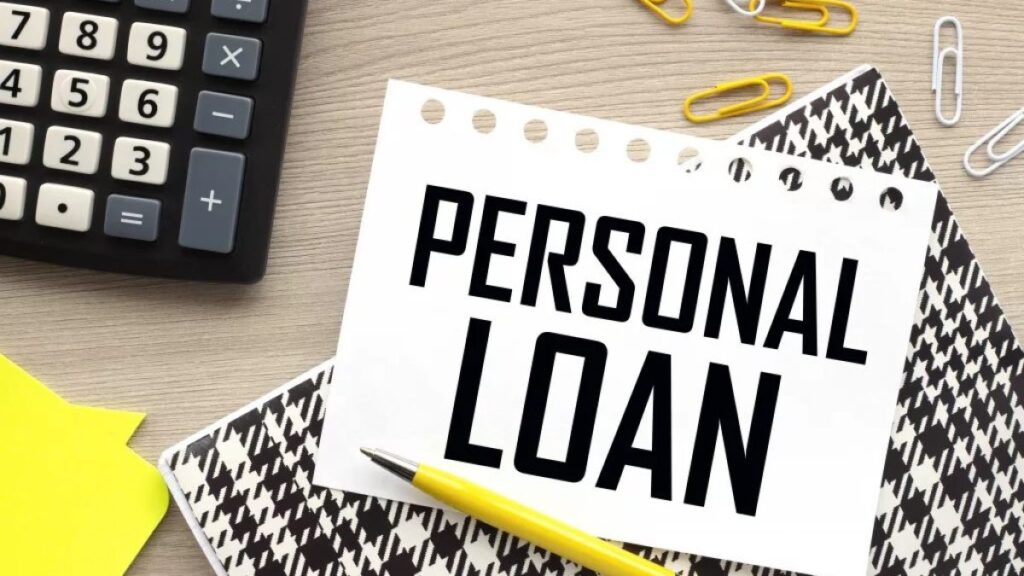When unexpected expenses arise or when you need funds for major milestones like education, travel, or home renovations, personal loans often feel like the most practical option. But not all personal loans are created equal.
The difference between paying high rates and securing a low-interest personal loan can add up to thousands of dollars over the repayment period.

The good news is that with the right preparation and understanding of what lenders look for, you can qualify for better rates and do so quickly. Let’s look at the steps to secure a low-interest personal loan, eligibility requirements, lender expectations, and smart ways to reduce the overall interest effectively.
Why a Low-interest Personal Loan Matters?
The primary appeal of a low-interest personal loan is the cost savings it offers. A small reduction in rates can convert into significant financial relief.
Other advantages include:
- Affordable EMIs: Lower monthly payments ease your budget.
- Faster Debt Repayment: Savings on interest can be used to pay down the loan early.
- Financial Flexibility: More money stays in your pocket for other needs.
10 Steps to Qualify for a Personal Loan.
Here are the steps on how you can easily qualify for a personal loan quickly:
Step 1: Build and Maintain a Strong Credit Score.
Your credit score is one of the biggest factors lenders consider when offering a low-interest personal loan. A higher score shows that you have managed debt responsibly in the past, which reduces risk for lenders.
To improve it quickly:
- Pay credit card bills and EMIs on time.
- Reduce credit utilization by keeping balances below 30% of your limit.
- Avoid applying for multiple loans or cards at once.
Step 2: Demonstrate Income Stability.
Lenders want assurance that you can repay on time. A steady, verifiable income signals financial stability. Both salaried professionals and self-employed individuals can qualify for a lower interest rate on a personal loan, provided they show consistent cash flow.
What helps:
- Submitting recent payslips or tax returns.
- Showing steady employment for at least 1-2 years.
- Keeping the debt-to-income ratio below 40%.
Step 3: Compare Lenders and Loan Offers.
Not all lenders evaluate applications the same way. Some prioritize credit score, while others weigh income or employer reputation more heavily. To quickly qualify for a lower interest on personal loans, you should:
- Use Online Comparison Tools: Check multiple lenders for rates, terms, and fees.
- Review Total Cost: Look beyond interest to include processing fees and penalties.
- Choose Lenders Offering Pre-approval: This saves time and avoids hard inquiries on your credit report.
Step 4: Apply for the Right Loan Amount.
Requesting more than you can realistically repay reduces your chances of qualifying for a low-interest personal loan. Lenders prefer applicants who borrow within their financial means.
Some tips are:
- Borrow only what you need, not the maximum available.
- Keep EMIs affordable by balancing loan amount and tenure.
- Use a loan calculator to align repayments with your income.
Step 5: Choose a Shorter Tenure When Possible.
The tenure of your loan directly impacts the interest on personal loans. Longer tenures reduce EMIs but increase the total interest paid. Conversely, shorter tenures raise EMIs but lower overall cost.
If your income allows, opting for a shorter repayment period can help you secure a low-interest personal loan quickly, since lenders view shorter tenures as less risky.
Step 6: Leverage Employer or Bank Relationships.
If you have a long-standing relationship with your bank or work for a reputed employer, you may qualify for preferential rates. Many financial institutions offer a low-interest personal loan to existing customers with a history of responsible banking.
To leverage this:
- Approach your salary account bank first.
- Inquire about special corporate tie-ups your employer may have.
- Highlight loyalty benefits or long-term accounts when negotiating.
Step 7: Keep Your Documentation Ready.
Quick approvals often depend on how prepared you are. Missing or inaccurate documentation can cause unnecessary delays.
Commonly required documents include:
- Identity proof (passport, driver’s license).
- Address proof (utility bills, rental agreements).
- Income proof (payslips, bank statements, tax filings).
Step 8: Consider a Co-applicant or Guarantor.
If your credit score or income isn’t strong enough on its own, applying with a co-applicant can increase your chances. Lenders see shared responsibility as reduced risk.
- A spouse, sibling, or parent with a stable income can be a significant help.
- A guarantor assures repayment, even if you default.
Step 9: Negotiate with Lenders.
Don’t assume the first offer you get is the final one. Borrowers with strong profiles can negotiate more favorable interest rates, processing fees, and repayment terms.
Be ready to:
- Highlight a strong credit history.
- Show steady income with low existing debt.
- Provide competing offers from other lenders.
Step 10: Avoid Red Flags That Delay Approval.
Finally, watch out for mistakes that can undermine your application:
- Multiple loan applications in a short time.
- Frequent job changes with no stable income history.
- High credit card balances or unpaid dues.
Fast Access to Affordable Borrowing.
Getting a low-interest personal loan is not about quick approval; it’s about long-term financial well-being. By preparing your financial profile, meeting lender expectations, and making informed choices, you can access funds swiftly without overburdening your future.
Reducing the overall interest on personal loans is within your control when you focus on credit health, income stability, and proactive comparison. If you want to start your financial journey, platforms like Olyv make it easy to procure loans. When every percentage point matters, the steps mentioned will ensure that borrowing remains affordable, efficient, and stress-free.

